Assiniboine Park was founded in 1904 and opened in 1909. One of Manitoba’s most visited attractions with over 4.5 million visitors a year, the park is now managed by the Assiniboine Park Conservancy (APC) and is undergoing a major $200 million revitalisation.
Phase 1 and 2 are complete, and APC now is working on Phase 3, replacing the Conservatory building with a new cultural attraction – Canada’s Diversity Gardens. The Leaf, a 6,000 square metre biome comprised of four distinct climate zones, forms the centrepiece, surrounded by a series of stunning public outdoor gardens.
Margaret Redmond is President and CEO at Assiniboine Park Conservancy (APC). She spoke with blooloop about the career equipping her for her role, the park’s evolution, and the Leaf Diversity Gardens project. We also spoke with Dov Goldstein of Lord Cultural Resources about the development of the visitor experience at the Leaf.
A varied career
Reflecting on her background, Redmond says:
“I’ve lived in this city my whole life: I'm fourth generation. I had a long career as a lawyer in the grain industry - a central industry in this part of Canada. Where I came from originally has very little to do with what I'm doing now. I started as an in-house lawyer in an international green marketing agency.”
As she progressed in her career within that organisation, she became executive vice president of corporate services:
“That included everything from marketing communications through government relations, and strategic planning: it was a really broad experience.”
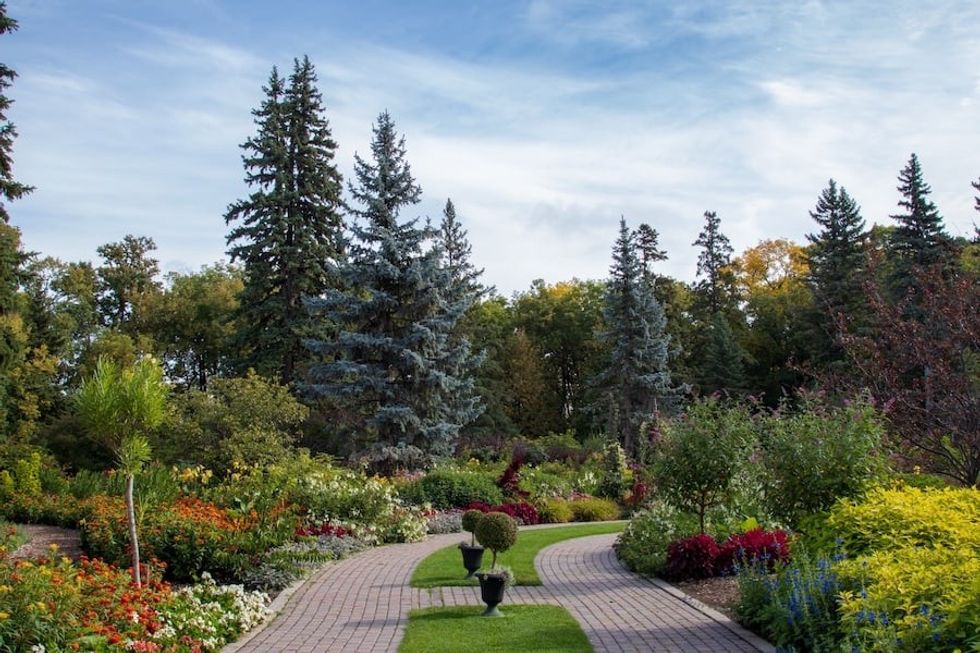
In terms of voluntary work, she was very involved in the city’s theatre community:
“We have a thriving performing arts cultural community. Through that, I developed a lot of experience on the fundraising side. For instance, how you build a fundraising strategy, how you lead a not-for-profit that is central in your community. It was really the combination of all those experiences that led to what otherwise seems like a weird leap.”
The Assiniboine Park vision
As the founding CEO, she was stepping into what was essentially just a vision:
“How do you get from vision to reality?” she asks. “All those skills plus my legal background were what was required to take a formerly city-run entity and convert it to something run by a separate corporation, to raise a whole bunch of money, to influence three levels of government to take part, and to bring more of a corporate discipline as the organisation grew, taking over operations from a municipal body."
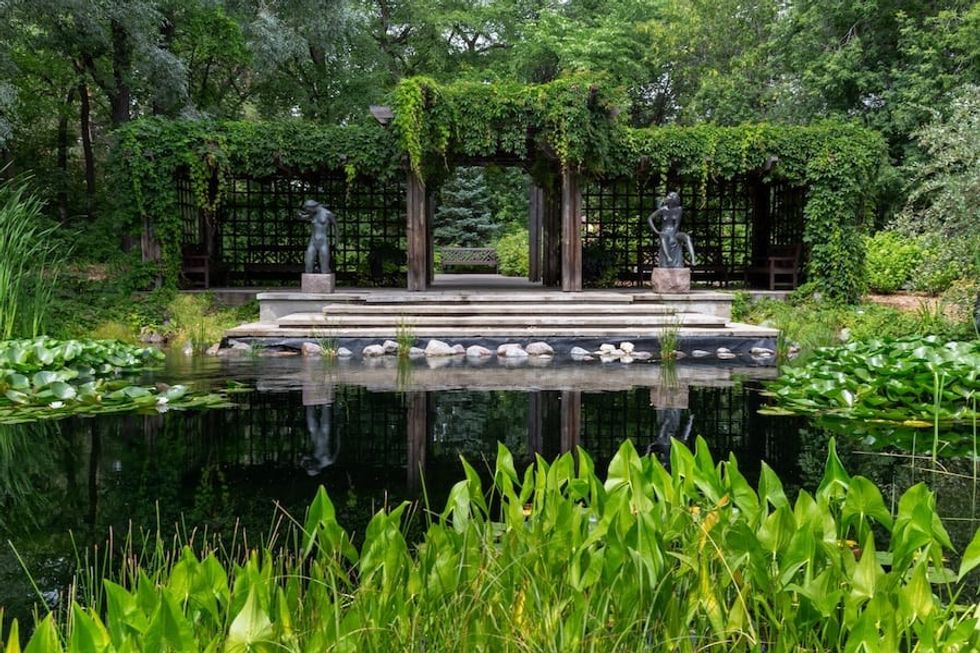
"How do you take something government-run and turn it into something more entrepreneurial?”
Her unique experience and skillset equipped her with the necessary tools to find an answer.
“I'm a huge fan of my city, and this park was a big part of my growing up,” she says. “I spent a lot of time here in my teen years; we moved to within a block of this beautiful park. So, I felt very personally connected to it. When a headhunter phoned me, I could see this as what I was meant to do next.”
A much-loved, historical park
Assiniboine Park is one of the largest urban parks in Canada and one of Winnipeg’s best-loved attractions. Named for the Assiniboine people, it covers 1,100 acres (450 ha), of which 400 acres (160 ha) are in the English landscape style, and officially opened in 1909.
The park includes the 700-acre (280 ha) Assiniboine Forest, and a number of attractions including Assiniboine Park Zoo, Assiniboine Park Conservatory, the historic Assiniboine Park Pavilion, formal and informal gardens, a sculpture garden, a miniature railway, and an outdoor theatre for performing arts.
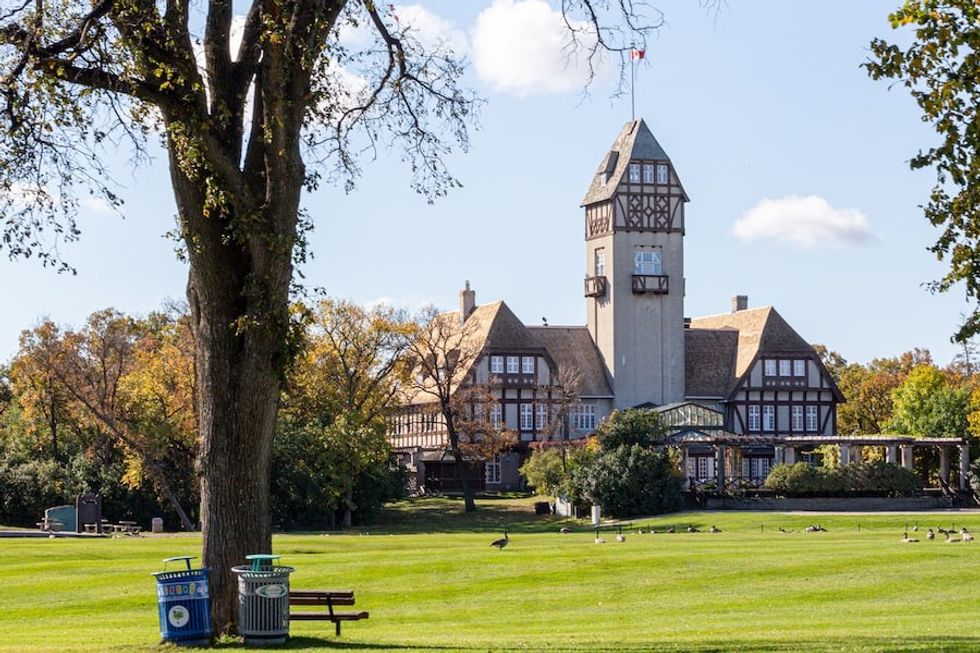
“It has a similar story to a lot of the great parks in Great Britain,” Redmond says. “People would describe its roots as being an English landscape style park of the Olmstedean tradition. Olmsted is considered to be the father of American landscape architecture that was in counteraction to the impacts of the industrial revolution.
"Many of the great urban parks in the western world came from that tradition, which was imported from Britain. This park was designed by a student of Olmsted, so it has its roots in English landscape design, with large vistas, separation of uses, very carefully designed to give a certain aesthetic experience.
"At that time there was a small zoo. Over time, the park added different elements.”
The oldest zoo in Canada
Today, Assiniboine Park is home to the longest existing zoo in Canada. This covers 90 acres of the site and works on numerous conservation initiatives. Its award-winning Journey to Churchill exhibit is the most comprehensive northern species exhibit of its kind in the world.
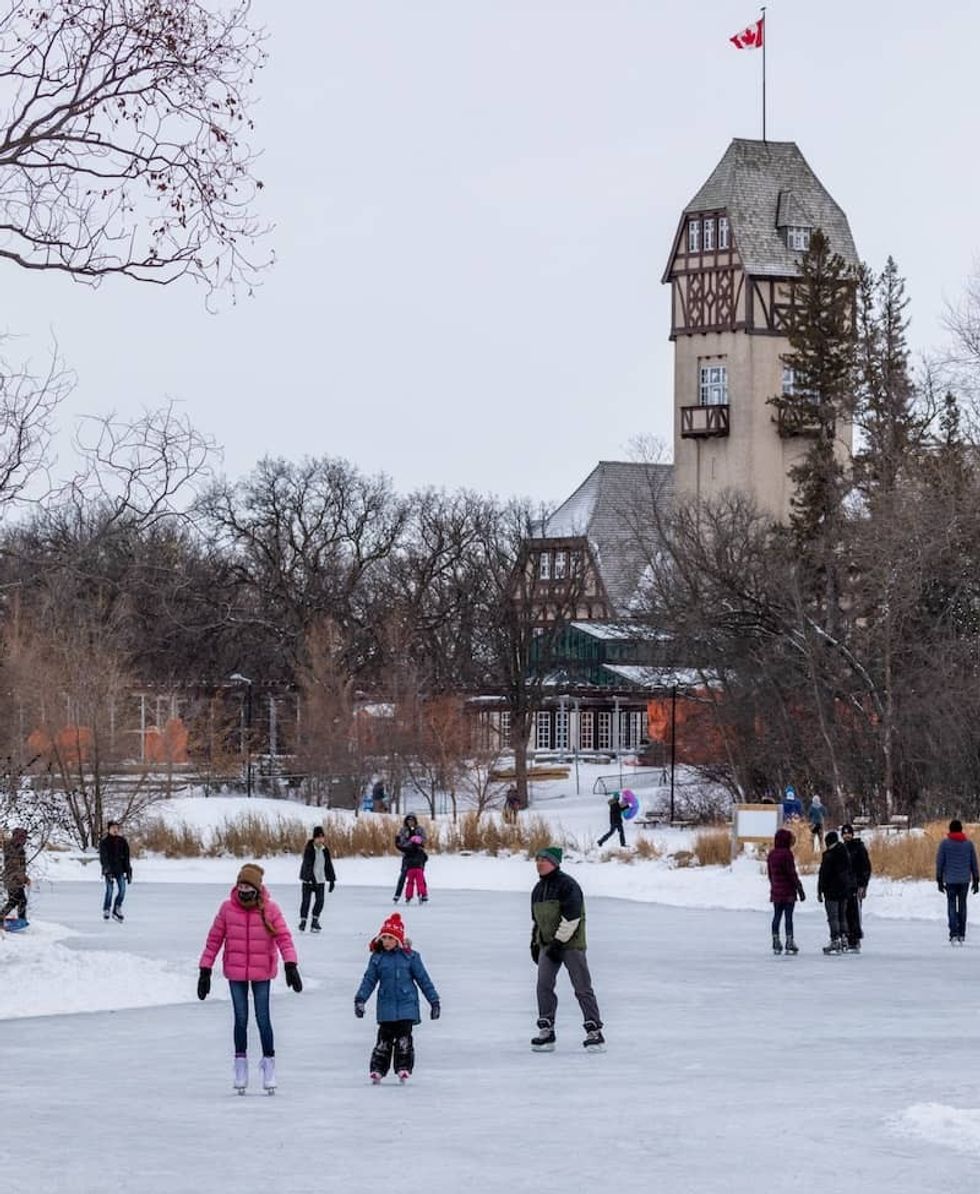
“The park also has lovely public gardens. There is a restaurant and a beautiful duck pond that is a skating rink in the winter,” she adds. “It has toboggan slides; it has art galleries in a heritage building in the park. Plus, it has always had an old British style glasshouse conservatory."
"The park sits on the bank of one of the two main rivers in our city, so that riverscape is part of the park. There are extensive bicycle paths, and in the winter, people use the park for cross country skiing.
"It is an absolutely beautiful space, adjacent to 800 acres of forest. We're very lucky to have it.
"This was all previously run by our municipal government, the City of Winnipeg, who built it a hundred plus years ago. The last major capital investments that were made in the park or the zoo were in the 1970s. Over the decades, it started to deteriorate. By the mid to late nineties, the city was starting to talk about the fact that we have an issue on our hands.”
Different groups
Numerous studies were done by outside consultants to get a sense of the level of capital investment that would be required to bring the park back to the original vision.
“They knew it would take more money than they could afford as a municipal government. There were also a number of not-for-profit entities that had arisen; community groups who had an interest in the zoo.
"There was a zoological society that played a role in the zoo, in terms of their education programme, as well as running the food and beverage and the retail. Another group was affiliated with the Conservatory. They saw their role as fundraising and marketing and doing education over there."

"A further group had been created specifically to raise money to refurbish the heritage building that we call the Pavilion and to create the art galleries there now. They raised the money to create an absolutely stunning sculpture garden that is part of one of our garden spaces. They raised money to create a public stage where we have outdoor entertainment.
"The City was running the operations of the zoo and the park. Then these three not-for-profits all doing their own thing, and nobody was communicating. There were about 14 different departments within the City that also worked in the park in different capacities. From a governance perspective, nobody had the ability to create one vision, one plan and say, ‘This is where we're going.’”
A new approach
The City embarked on a programme of public surveys to establish what was important to people. This failed to result in any sort of consensus:
“They couldn't get to a plan that worked,” she says. “There was a plan for the zoo, and then the people that liked the Conservatory came up with a grand plan to replace the very ageing building. But nobody had the ability to bring the money to the table. Then, in the early 2000s, the mayor of the day took an interest in the story of New York's Central Park.”
There was a plan for the zoo, and then the people that liked the Conservatory came up with a grand plan to replace the very ageing building. But nobody had the ability to bring the money to the table.
In the 1980s and early 90s, Central Park was poorly maintained and unsafe. People avoided it because it was known to be dangerous. This situation was turned around with a new governance model. This meant that the City relinquished some control, enabling private dollars to revive and, ultimately, maintain the park.
“So, the Mayor of Winnipeg at the time looked to that model and said, ‘Could it work? Is this the way we can bring other capital to the table to fix the problems?’ He reached out to a man by the name of Hartley Richardson, a Canadian business icon. We’re lucky in that he lives in Winnipeg, where his businesses are based. And he has always been a big supporter of the park."
What could Assiniboine Park be?
The mayor reached out to him with the idea of creating an arm’s-length entity from the City to revive the park with capital from the government and private sector. Richardson rose to the challenge, building a board and creating a separate corporation to do so.
“It was with the understanding that this would be truly arm’s-length,” Redmond says. “That if we were going to convince other levels of government to invest in this park, it could no longer be run by the City, who were not seen as capable of stewarding the kind of vision that would be needed to bring other levels of government and private capital to the table. That corporation and board of directors were created in late 2007.”
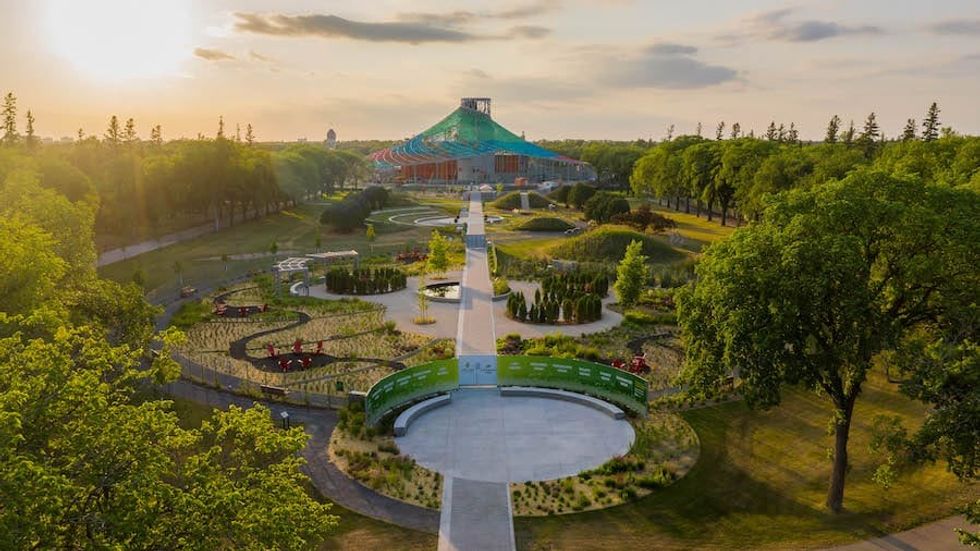
Redmond started in her current role in August 2008.
“We began to plan, and to ask, ‘What could Assiniboine Park be?’ The board's vision at that time was that whatever we do, it must be world-class.
"The park was created originally as a space that reflected world-class design; what does that mean in the future? What does a world-class zoo look like and what does a world-class urban park look like? And ultimately, concerning the Leaf project, if we're replacing this hundred-plus-year-old glasshouse conservatory, what does a world-class version of that look like?
"A lot of time was spent establishing how to run a place like that effectively. For instance, what business model would do that well, and what it would take to bring capital to the table?”
Redeveloping Assiniboine Park
The planning period lasted for a year. It resulted in a $200 million redevelopment plan for the entire park and zoo.
“Since 2009, when we launched that plan, we've been focusing on that. Piece by piece, we've brought a beautiful nature playground into the park. We’ve expanded the duck pond so that it is a gorgeous area in the park and a beautiful skating rink. We also created the Qualico Family Centre. This houses an accessible daytime restaurant, which is a missing piece of the puzzle and has some programming space in it. It's a place where people can hold events: weddings, corporate events, and so on.”
Zoo redevelopment
The zoo has benefited from a massive $100m redevelopment. Its centrepiece is the world-class, award-winning Journey to Churchill exhibit, the most comprehensive zoological exhibit of its kind in the world. The exhibit profiles the animals and the landscapes of Manitoba's north, with the iconic polar bear in a starring role:
“We have nine polar bears,” Redmond says. “They were all rescued as cubs from the north, and would otherwise have died as a result of the impacts of climate change.”

The zoo is also home to the Leatherdale International Polar Bear Conservation Centre, an education, research, and transition facility. This is the first home for rescued polar bears before they move into Journey to Churchill:
“The zoo has reached a whole other level, and is doing such important things,” she says. “We have improved every aspect of the park in some way. There are close to 300 employees that are Conservancy employees, and over 300 volunteers that support our operations. We've improved walking paths - we've improved everything.
"And then we have this little project called The Leaf Canada's Diversity Gardens. This is the final piece of that original 10-year plan.”
Canada's Diversity Gardens
Phase 3 of the revitalisation of Assiniboine Park concerns the replacement of the existing Conservatory building with a new cultural attraction – Canada’s Diversity Gardens. The Leaf, an architecturally brilliant 6,000 square metre biome comprised of four distinct climate zones, forms the centrepiece, surrounded by a series of stunning public outdoor gardens.
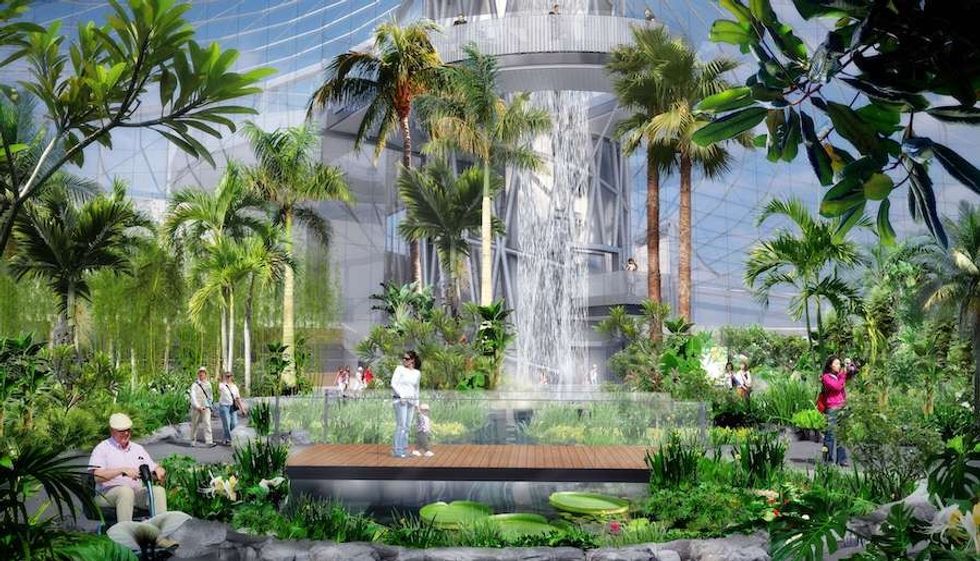
Outlining the project from its inception, she explains:
“When we were looking at that original 10-year master plan, we knew that the existing Conservatory was on its last legs. It would not survive, in all probability, for another 5 or 10 years. There was a discussion about whether it was something that needed to remain in the park. And if so, what would we replace it with?”
An important space
Surveys done over the years by the City showed the Conservatory at Assiniboine Park was important to people:
“We live in a place which has beautiful hot summers, but we also have very cold winters. The Conservatory is an important retreat from that weather."
People need nature for their own mental health and wellbeing. To walk into a warm green space in the middle of the dark of winter was important to people
"We also know, and we probably know it now more than ever after the pandemic, that people need nature for their own mental health and wellbeing. To walk into a warm green space in the middle of the dark of winter was important to people. It had many therapeutic aspects and programming opportunities that only that kind of space could provide.
"We knew it was important, but we struggled with how to make it relevant for the future.”
The Eden Project, and a spark of inspiration
Redmond and her team from Assiniboine Park travelled through the United States looking at famous conservatories and horticultural attractions. Then, they went on to the UK where they visited the Eden Project in Cornwall, and Kew Gardens.
“Until we got to Eden, all the conservatories we had seen were over a hundred years old. They were trying to adapt to the modern-day, layering over things that were not part of the original design. They came from a time where conservatories were very static spaces. Places where people walked through with hushed tones as if they might disturb the plants if they talked loudly. They were places of beauty. But if you weren't a plant geek, you might not engage with them many times in a year."
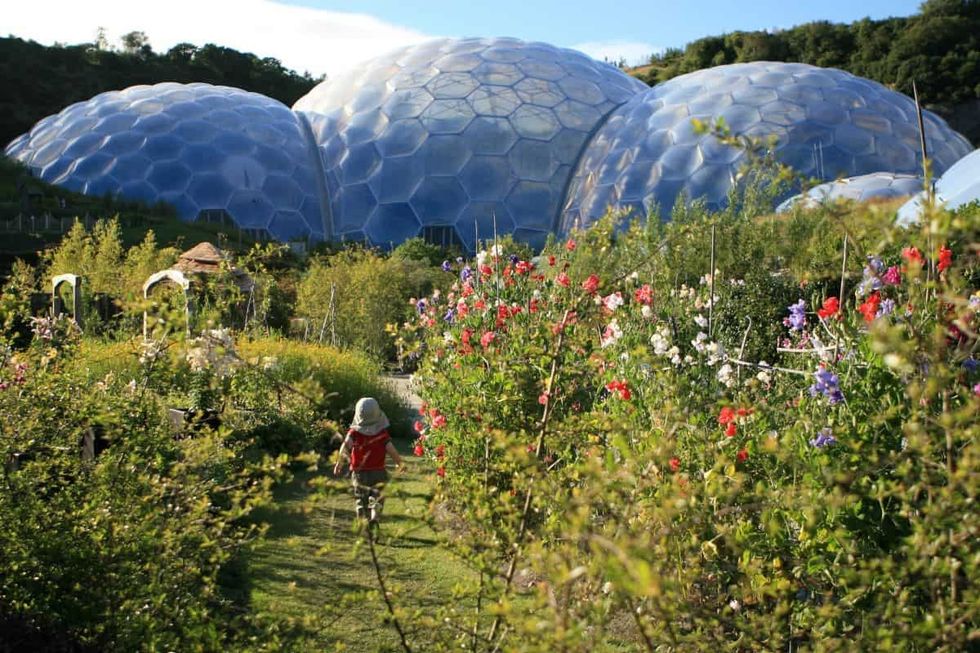
"We knew we needed ours to be a more dynamic space than what we were seeing. We knew we wanted to do something different. Then we got to Eden.
"Taking the idea of, ‘What if there was only going to be one place on left on earth where we could go and experience nature in all its glory?’ they have overlaid a lot of sustainability concepts, conservation education, and a sense of being immersed in an environment. It isn't just walking along and seeing a collection of plants. They transport you in those spaces.
"That's when we realised that this felt like the sort of thing we were going for. It was the ‘Aha!’ moment for us: we could create something that would be modern, and that would draw people.”
Conservation education at Assiniboine Park
It was important to create something that would have a significant public draw, she says:
“The city is fairly isolated. 20 to 25% of our visitors come from outside our province. So, we had to build something where the local community was going to make up the majority of the visitation.
"We had to ensure this would be a place they would want to come back to repeatedly, without being able to build something like Phipps Conservatory or botanical gardens like Kew. We knew we couldn't afford something on that scale, or even on the scale of Eden.”
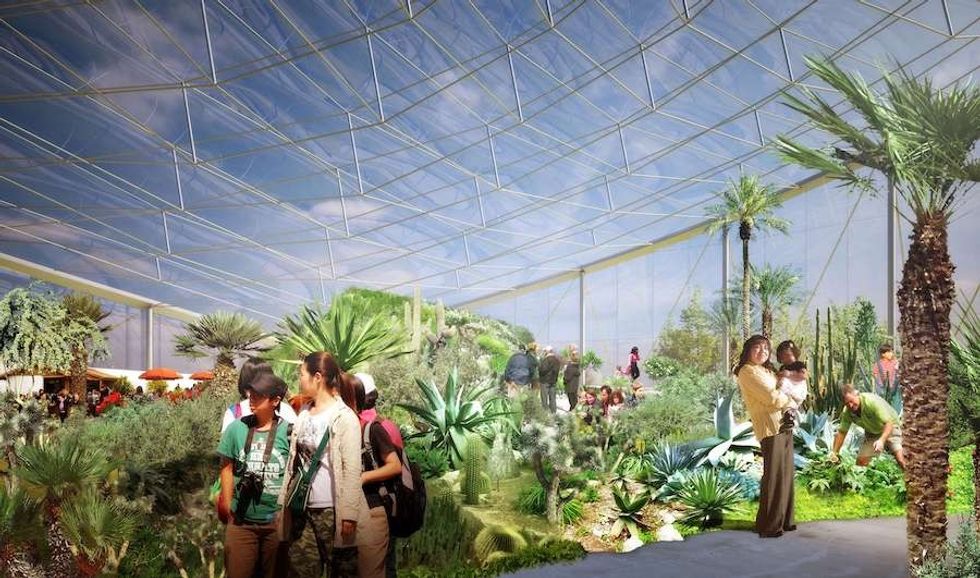
This sparked a discussion about what the purpose of the place would be; a purpose that people would connect with as part of their community, and return to.
“We landed on the concept of a place of conservation education, where we teach about the importance of biodiversity, and where people personally experience why biodiversity is important, and are inspired to protect that.
"We knew we wanted this to be a place of national significance within Canada. And when we thought about our own community in Manitoba, cultural diversity is a big part of who we are. It is a big part of our brand as a country and something we choose to try and protect as a country.”
A new idea
This was the seed of an idea:
“We thought, ‘What if we use this space to also celebrate cultural diversity?’ Plants are something around which there are stories to be told across all cultures; as human beings, we are dependent on plants through all time and into the future. So, why don't we use plants as the medium to tell cultural stories? When we got that, we said, ‘That's what makes this important, and relevant.’
"We suddenly felt we were trying to create a space that, obviously, would be beautiful and where plants would thrive, but also a space that would be inviting to all elements of our community. We run a zoo where animals tell important stories of conservation, connecting people to nature through the animal kingdom. The park that we are stewards of is a beautiful place with a tree canopy and gardens."
We were trying to create a space that would be beautiful and where plants would thrive, but also a space that would be inviting to all elements of our community
"To then have an attraction that uses plants as the medium to tell a similar story with a cultural story laid over the top of that, just made sense in terms of the higher vision for this entire space.
"We want to be a place where people connect with nature in a way that inspires them to protect it for the future. Animals can help us with that, and plants can help us tell that story. We feel that when you come to the park, you will have the opportunity to experience that human-animal-plant connection, altogether.”
The Leaf at Assiniboine Park is a project of its time
In practical terms, how is it possible to realise that vision?
“I think you have to tell that story over and over again,” she says. “We talk about this as being a project of its time. That was so important at the front end of the entire development plan for the park. You really had to take the time to read the times you were in, where you were, where the world was going, and how this space could play a role in where the world is going, and even how we could be a positive influence as a park, as a community space.
"We have an opportunity to influence others. But that requires us to think carefully and read the world around us. We have to adapt to where the world is going and think about how these spaces can play a role."
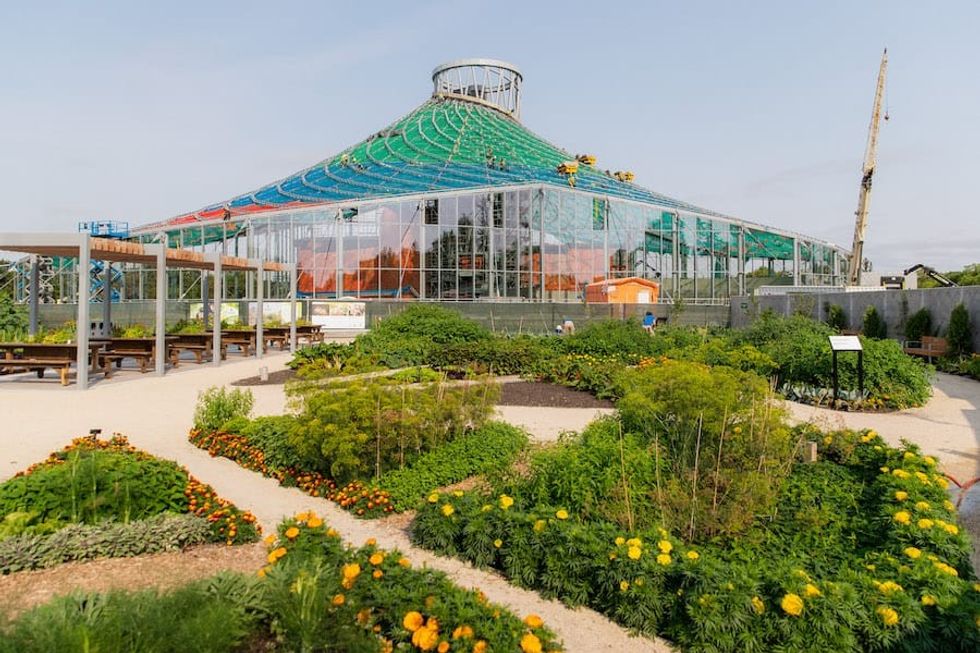
"In Canada, there are a lot of conversations right now about our relationship with our indigenous peoples. We are not proud of all the elements of that story. So what, as a park, as a zoo, as gardens, can we do about that?
"If you come to the zoo now, you'll see that we profile stories of our Northern indigenous people. You'll see Northern indigenous languages on our interpretive signage. You'll see a movie filmed entirely using Northern indigenous people, telling Northern indigenous stories. The gardens that have just opened include an indigenous people's garden, designed by an indigenous design team.”
A space for the whole community
It is, Redmond says, important to consider how, as stewards of a community space, there is an obligation to reflect that entire community:
“By keeping those things in mind, you will by definition be relevant. Plus, that's how you will also make sure that you are sustainable into the future.”
In conclusion, she adds:
“Our hope was that we would transform this tired old park that I had stopped bringing guests to because I wasn't proud of it anymore. Now, parks and conservatories all over North America contact Assiniboine Park asking how we did it, and zoos see our zoo as a leader. To me, that's a great indication that we got a lot right."

"Part of what we got right is that we asked the community to invest in it. We've raised over 200 million already between the government and private sector - and people got it. They came to the table and they feel invested. We got ideas from them, too, because they have their own dreams for their community. If you remain open to that, anything is possible.
"And I would expect this park and zoo to be here a hundred years from now. It will look different again because it will remain open to that influence. It is so much better to have a community invested in it. This means we can really represent the people who love this space.”
Developing the visitor experience at Assiniboine Park
The Assiniboine Park Conservancy commissioned Lord Cultural Resources, the world’s largest cultural professional practice, to develop an interpretive plan for Canada’s Diversity Garden in 2015. While the planning and design for the outdoor gardens and the Leaf was underway, Lord Cultural Resources' role was to develop the visitor experience, looking beyond a botanical experience, and positioning Canada’s Diversity Gardens as a major cultural attraction.
Dov Goldstein, Principal Consultant at Lord Cultural Resources, explains:
“To create the attraction, we wanted to connect plants to people and speak to the diversity of Winnipeg, of Manitoba, of Canada. We wanted visitors to connect to the plants from a cultural perspective. We have achieved this by creating an experience that includes real people telling their stories about the plants that have meaning to them, and the places from which they and their families came.
"What would the visitor see and do at the Gardens? They would see amazing landscapes, incredible architecture, and a magnificent collection of local plants, as well as plants from around the world. We looked beyond a botanical experience. We saw Canada’s Diversity Gardens as a major cultural attraction.
"Canada’s Diversity Gardens is a completely unique experience in the botanical garden world. It's a transformative experience that resonates with visitors on multiple levels.”
Top image: Amur tiger at Assiniboine Park Zoo. All images kind courtesy of Assiniboine Park Conservancy







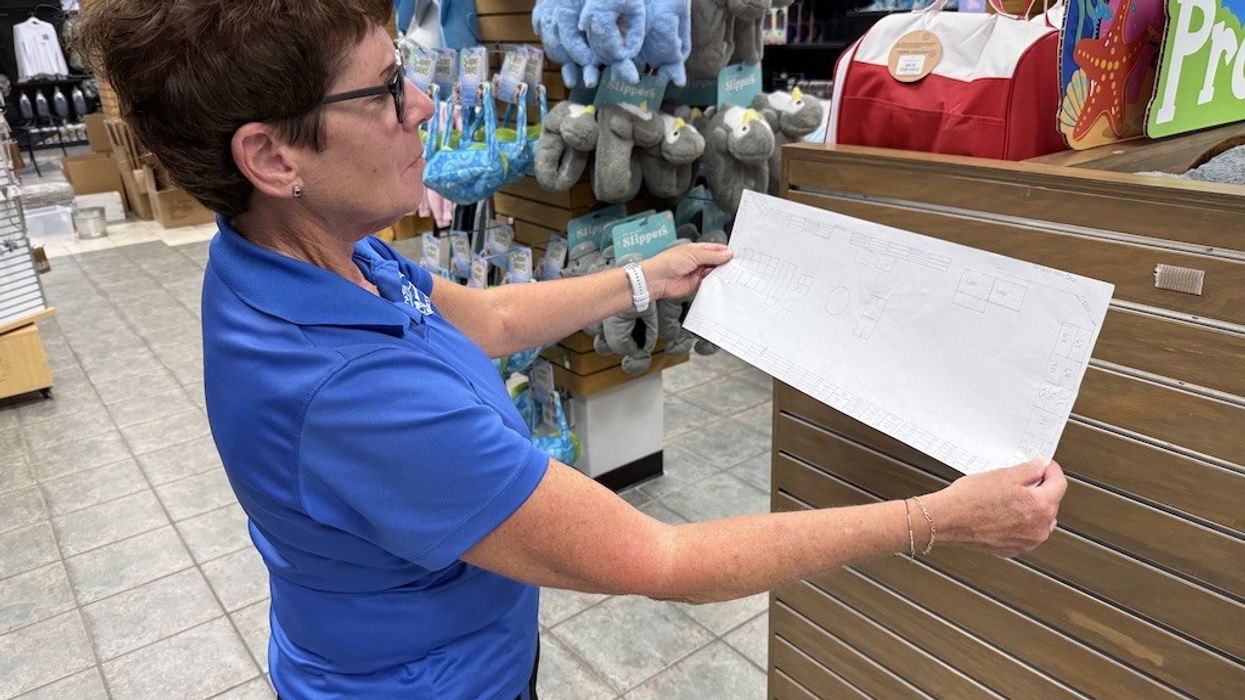
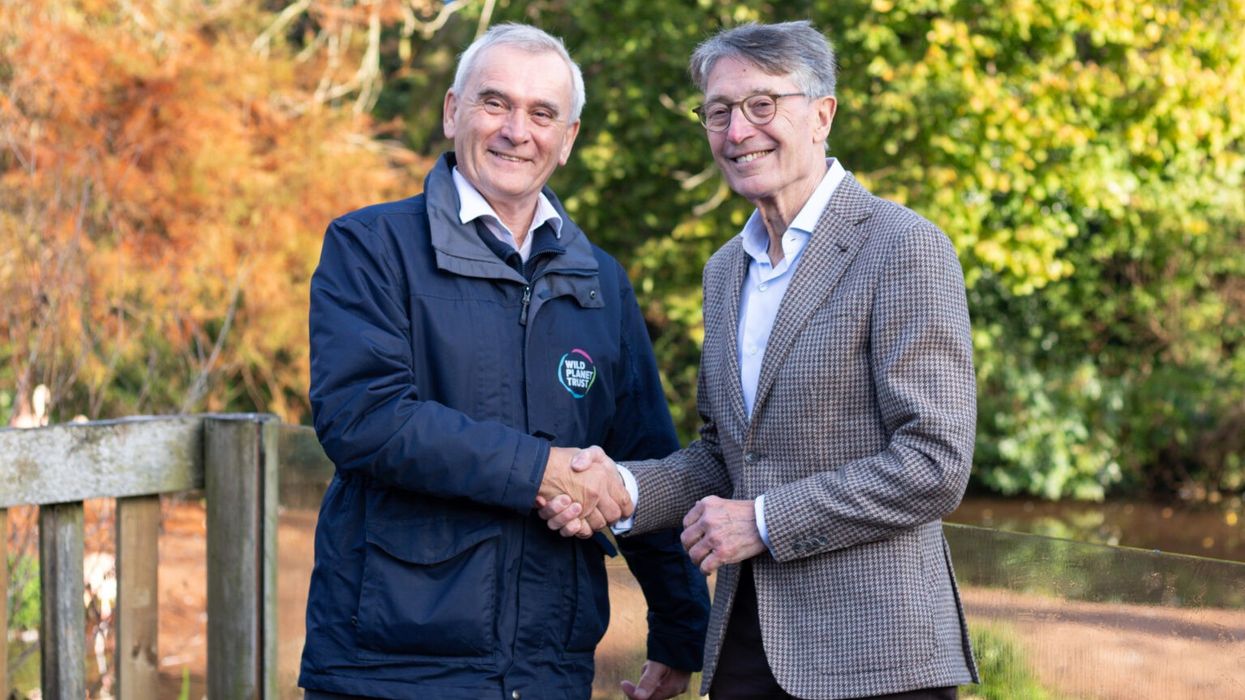

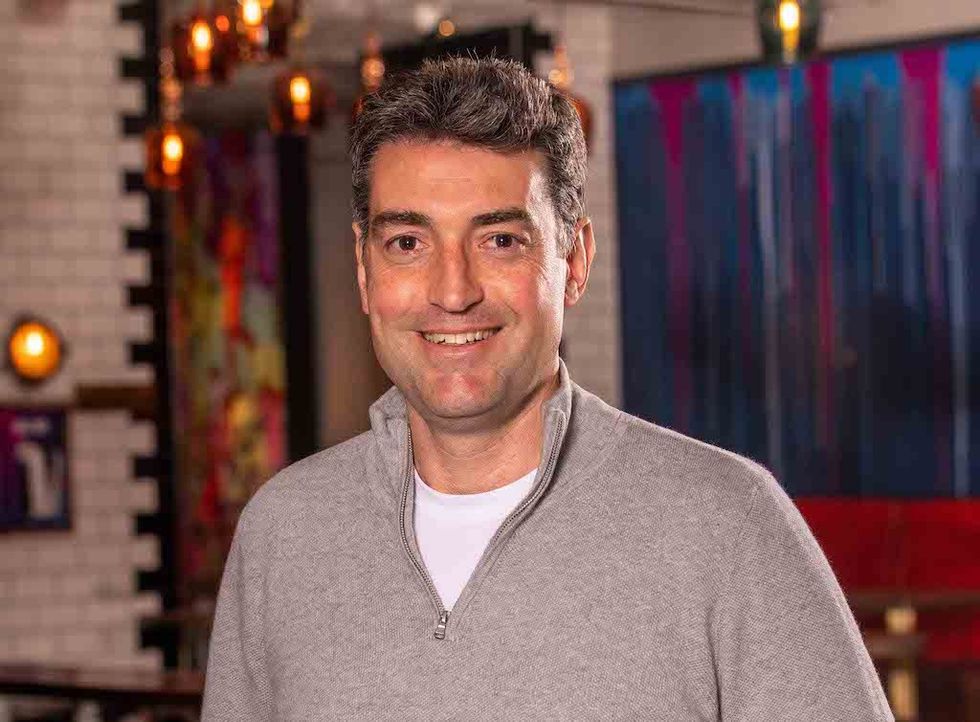 Toby Harris
Toby Harris Hijingo
Hijingo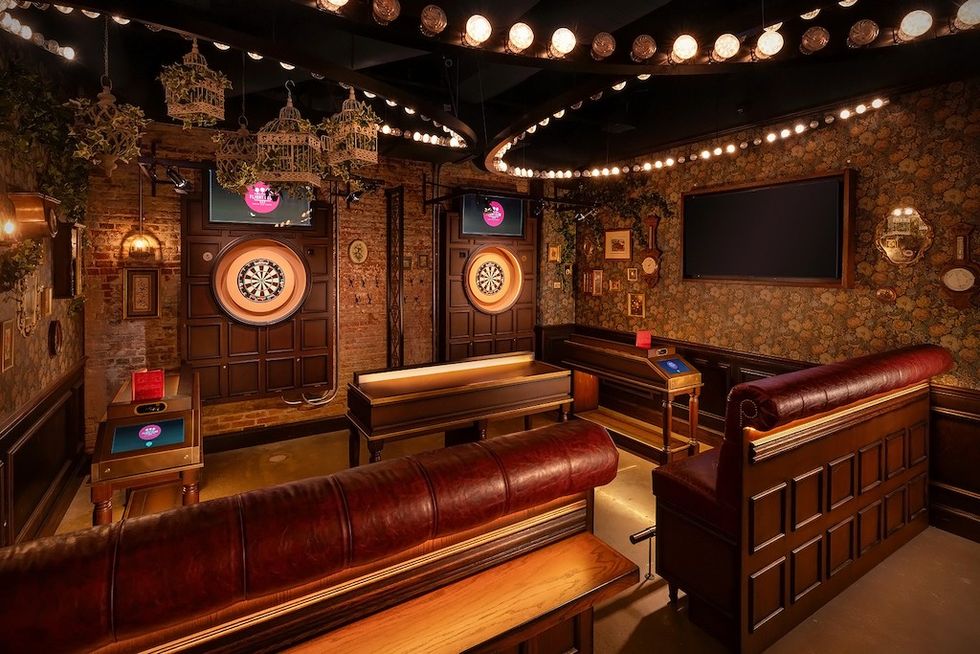 Flight Club, Washington D.C.
Flight Club, Washington D.C.
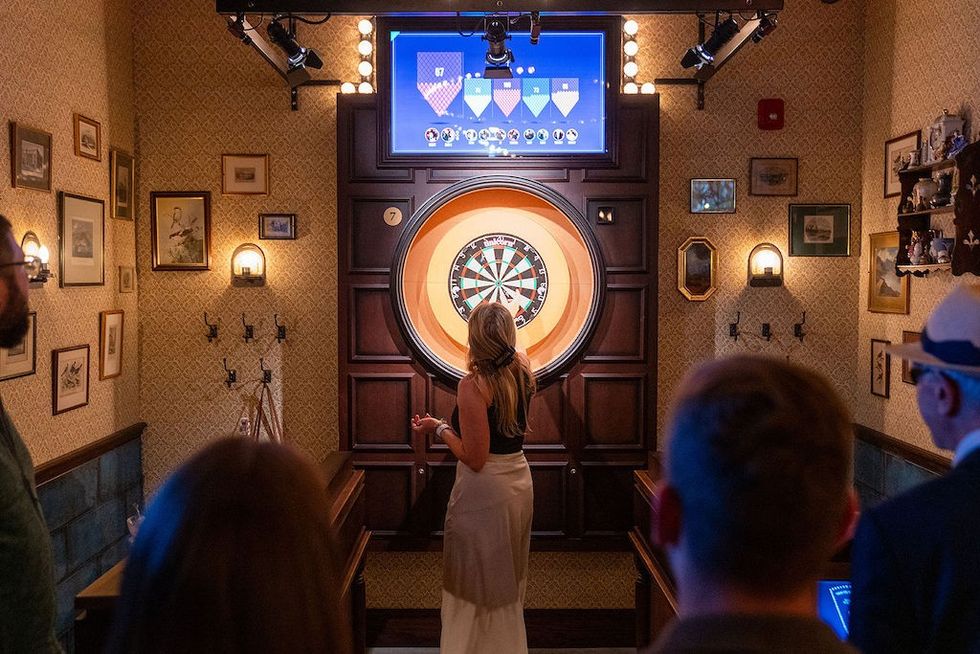 Flight Club Philadelphia
Flight Club Philadelphia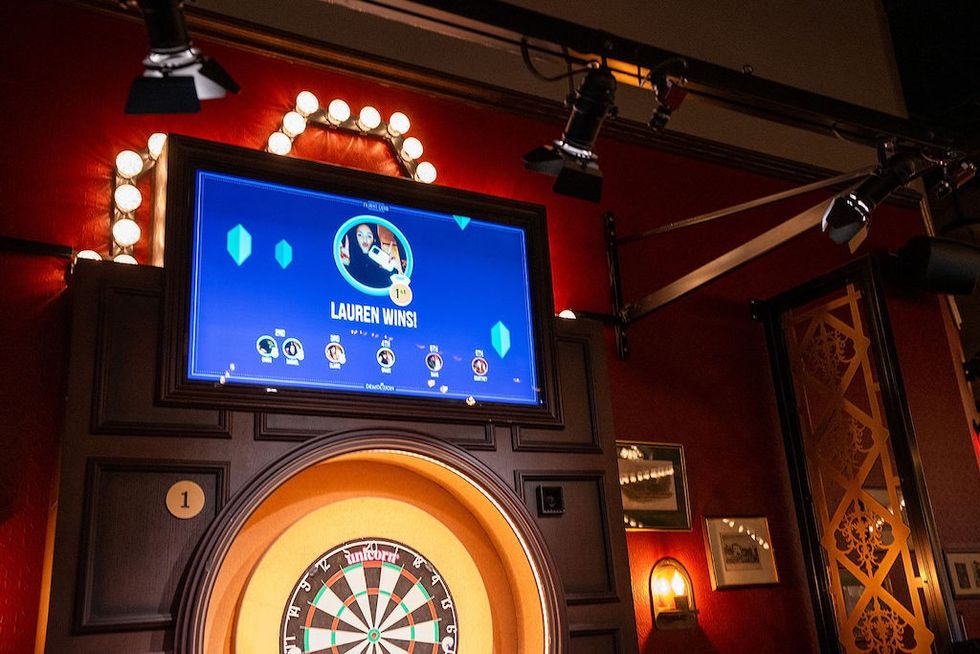 Flight Club Philadelphia
Flight Club Philadelphia Bounce
Bounce Hijingo
Hijingo Bounce
Bounce




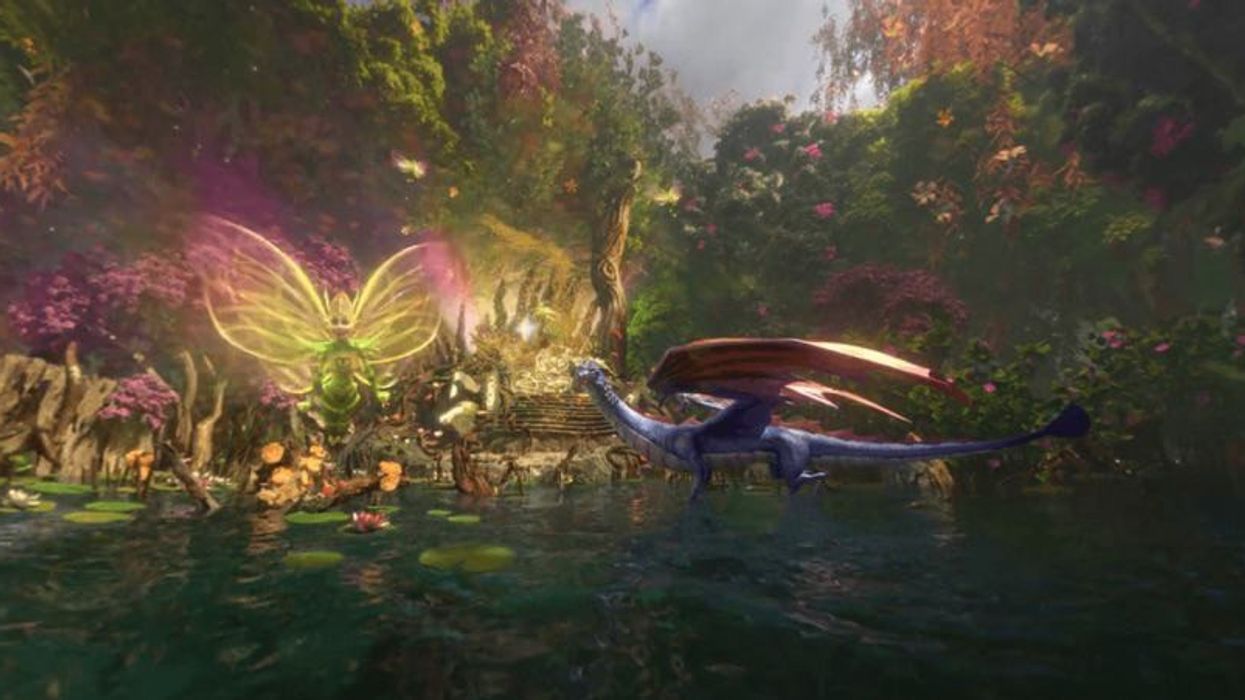

 Fernando Eiroa
Fernando Eiroa
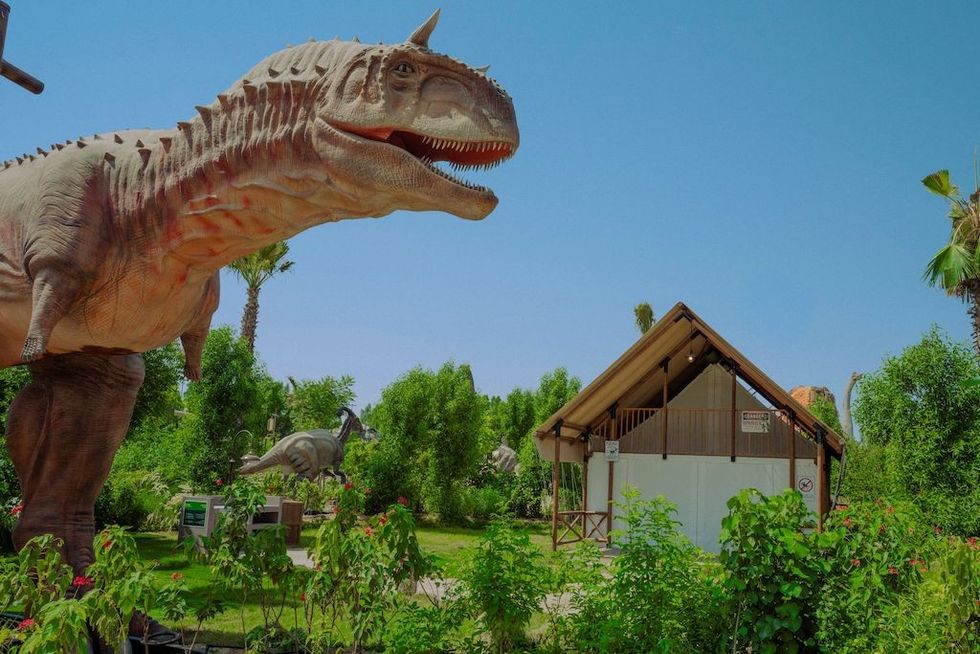

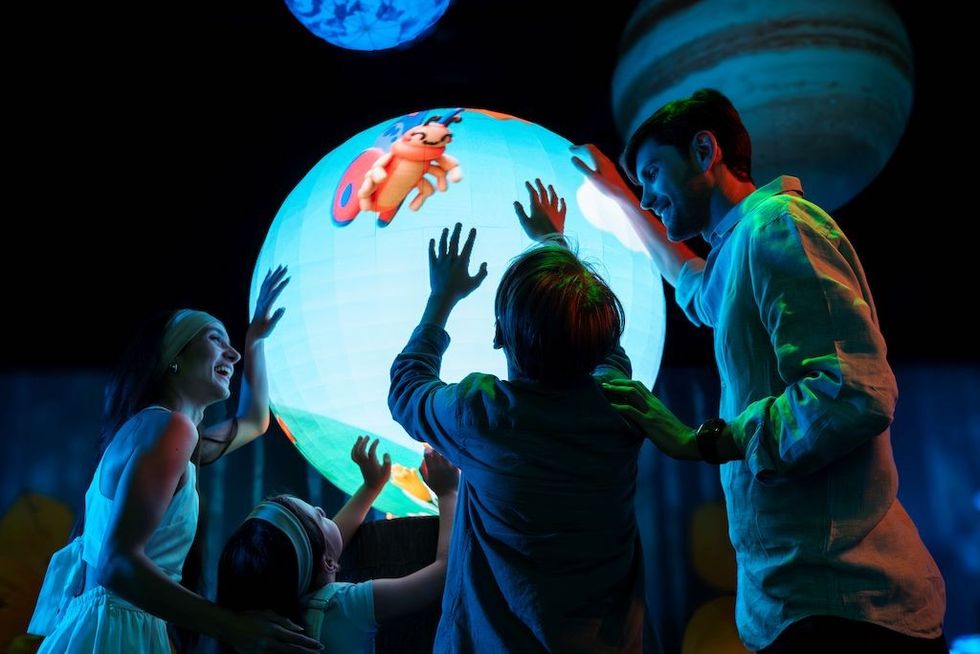







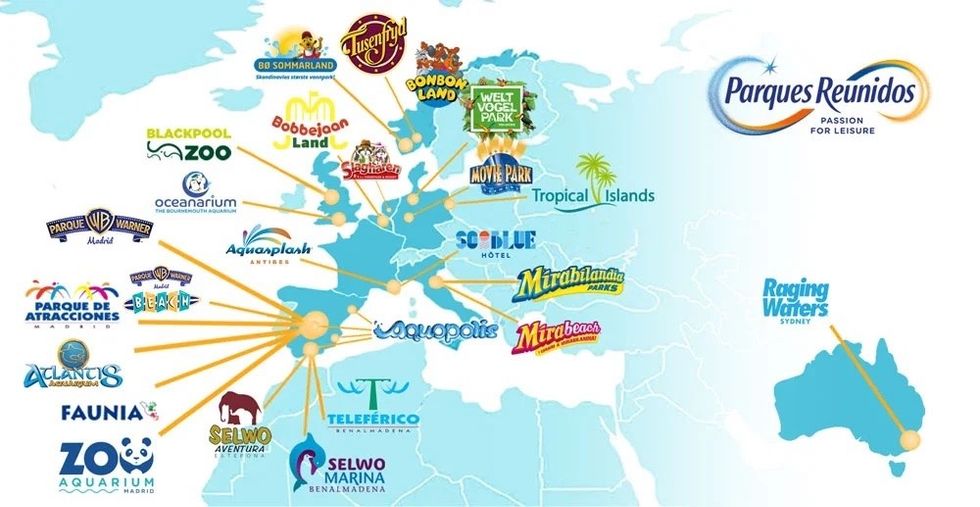
 Nickelodeon Land at Parque de Atracciones de Madrid
Nickelodeon Land at Parque de Atracciones de Madrid Raging Waters
Raging Waters  Mirabilandia's iSpeed coaster
Mirabilandia's iSpeed coaster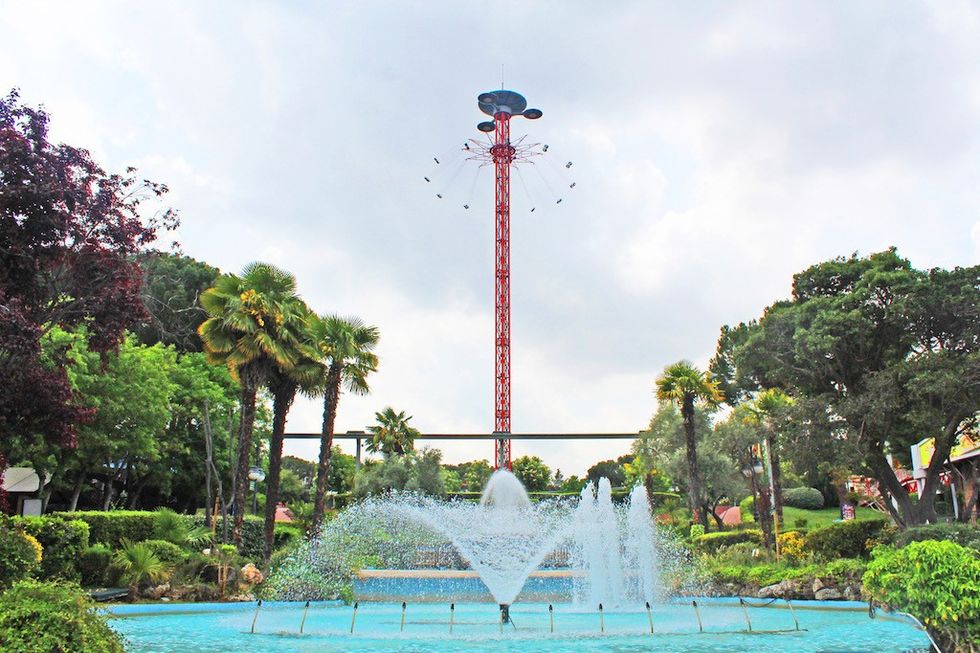 Parque de Atracciones de Madrid
Parque de Atracciones de Madrid Ferracci at the ribbon-cutting ceremony for Nickelodeon Land at Mirabilandia, with (left) Marie Marks, senior VP of global experiences for Paramount and (cutting the ribbon) Sabrina Mangina, GM at Mirabilandia
Ferracci at the ribbon-cutting ceremony for Nickelodeon Land at Mirabilandia, with (left) Marie Marks, senior VP of global experiences for Paramount and (cutting the ribbon) Sabrina Mangina, GM at Mirabilandia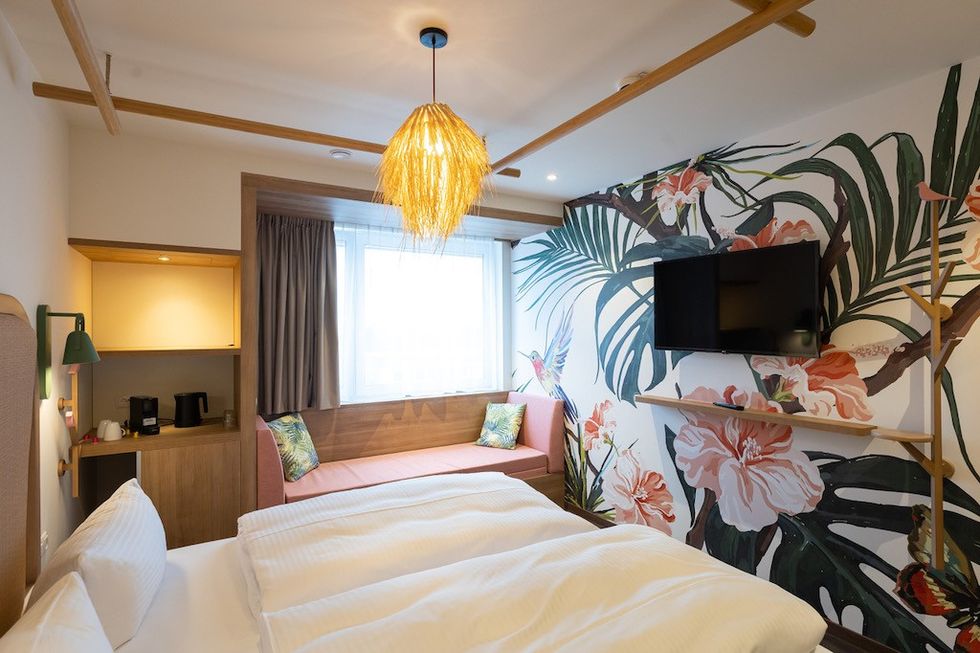 Tropical Islands OHANA hotel
Tropical Islands OHANA hotel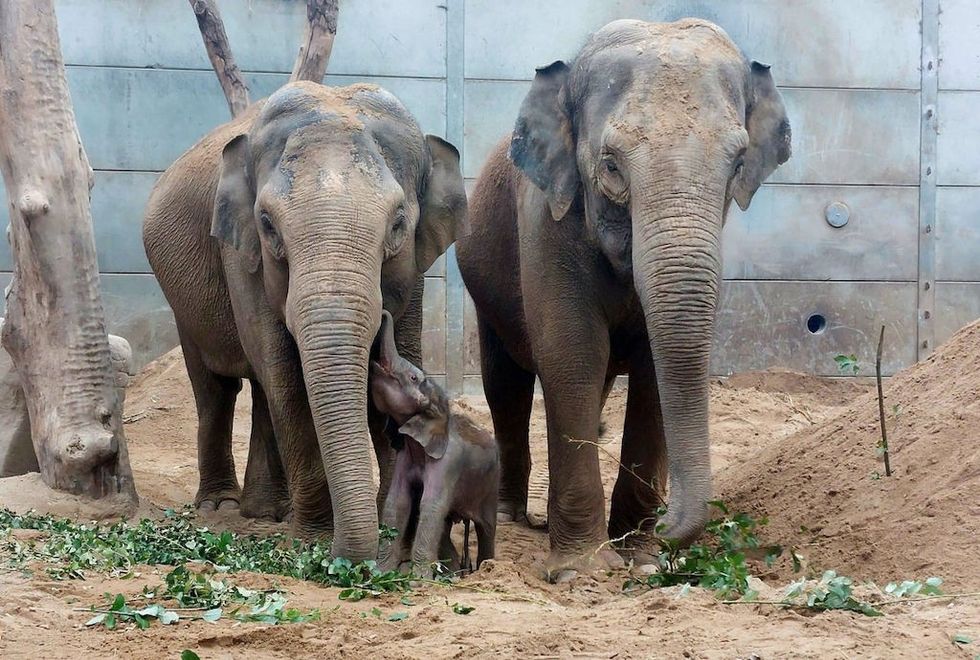 Elephants at Blackpool Zoo
Elephants at Blackpool Zoo 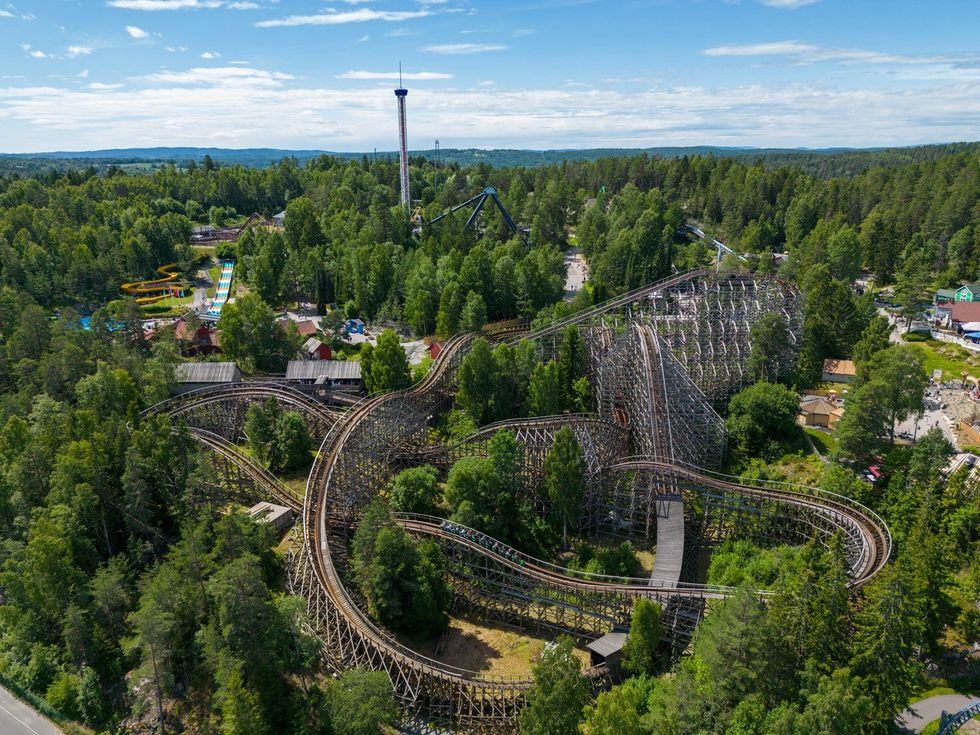 Tusenfryd
Tusenfryd
 Andrew Thomas, Jason Aldous and Rik Athorne
Andrew Thomas, Jason Aldous and Rik Athorne
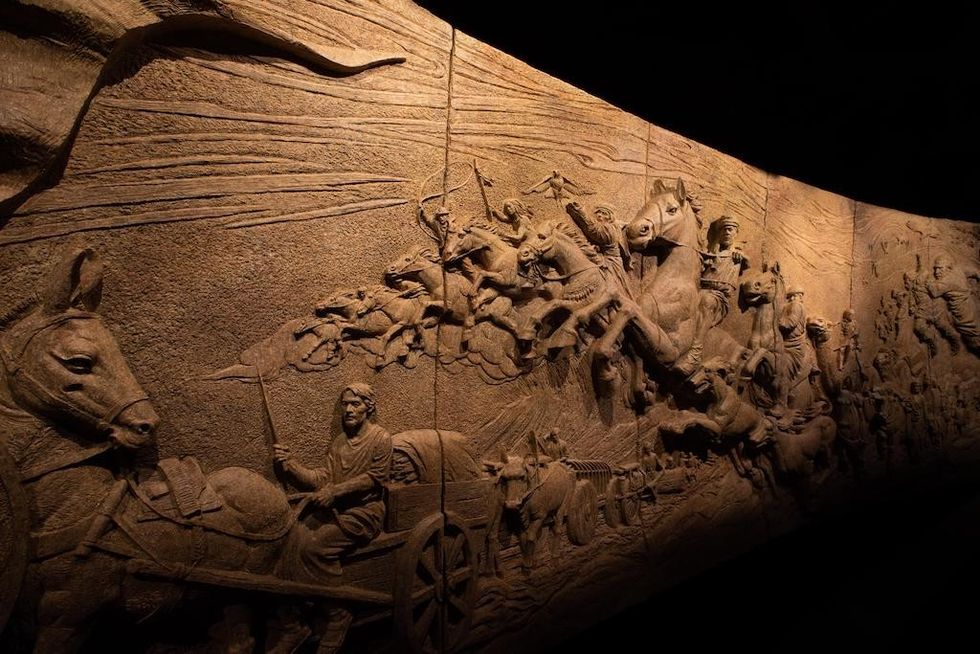
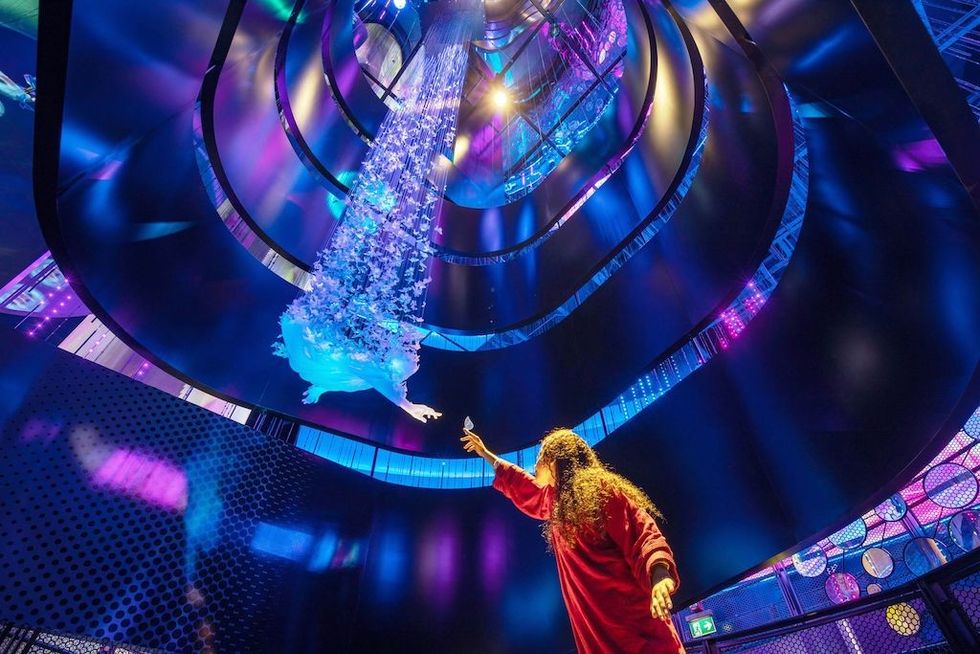

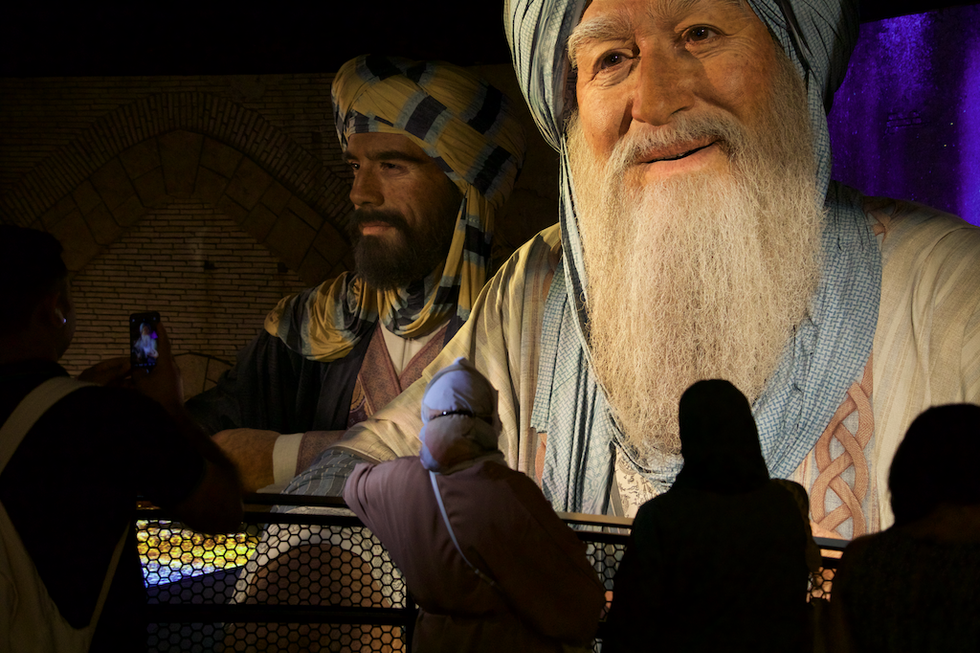


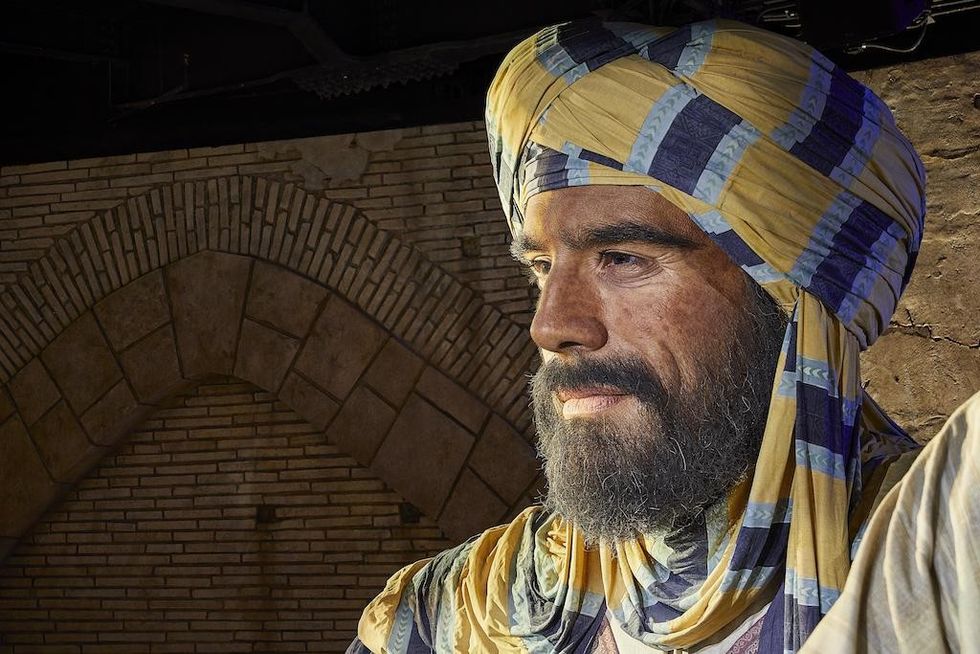




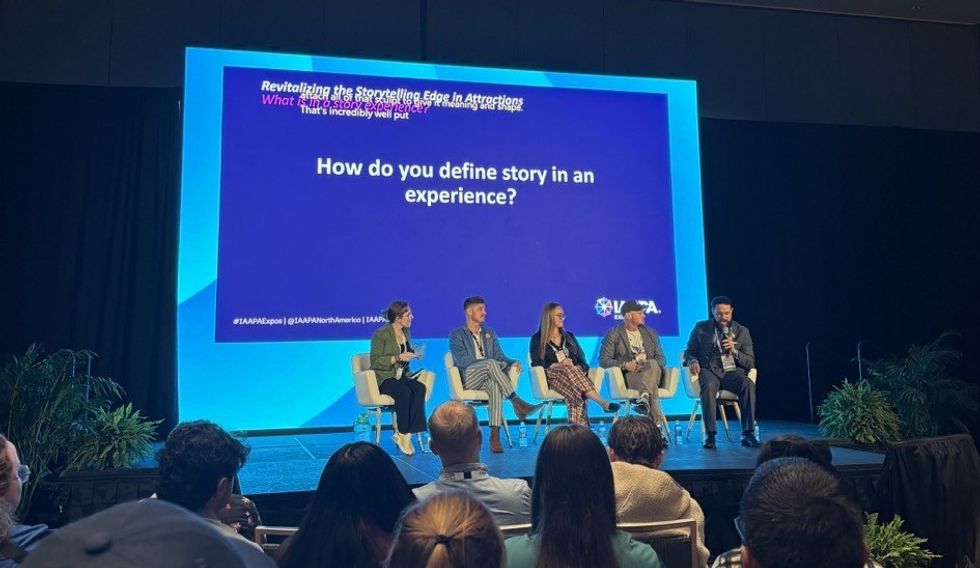

 Detroit Zoo
Detroit Zoo 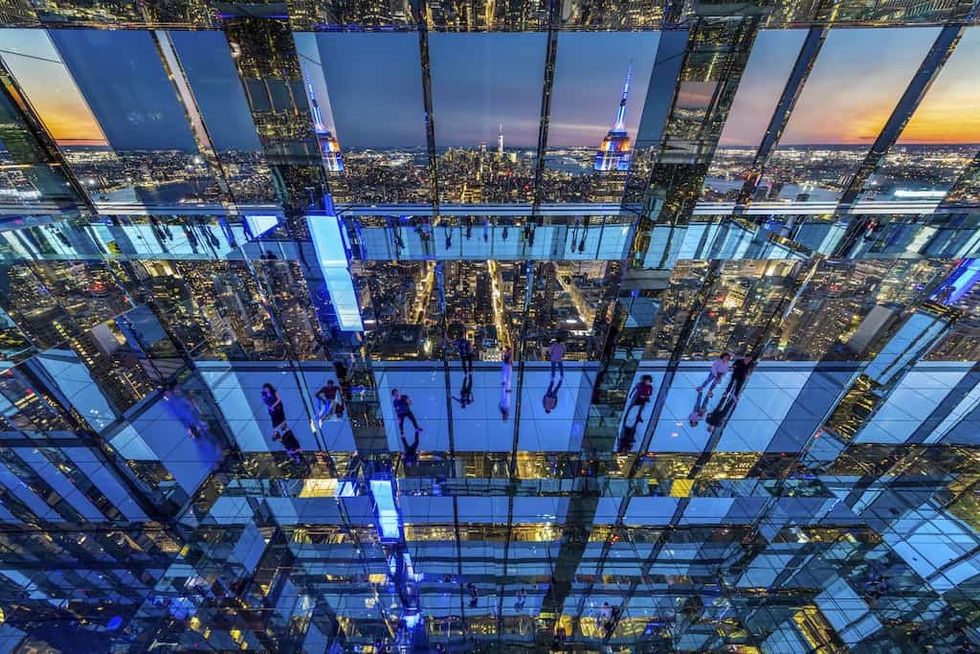 SUMMIT One Vanderbilt
SUMMIT One Vanderbilt  AURA at Grace Cathedral
AURA at Grace Cathedral 
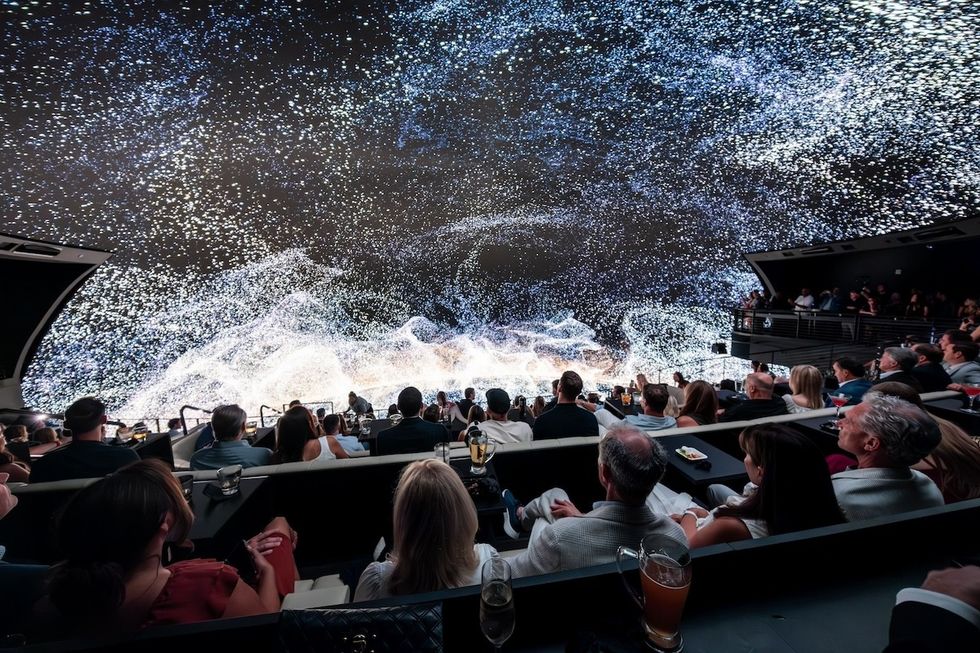 Cosm, LA
Cosm, LA 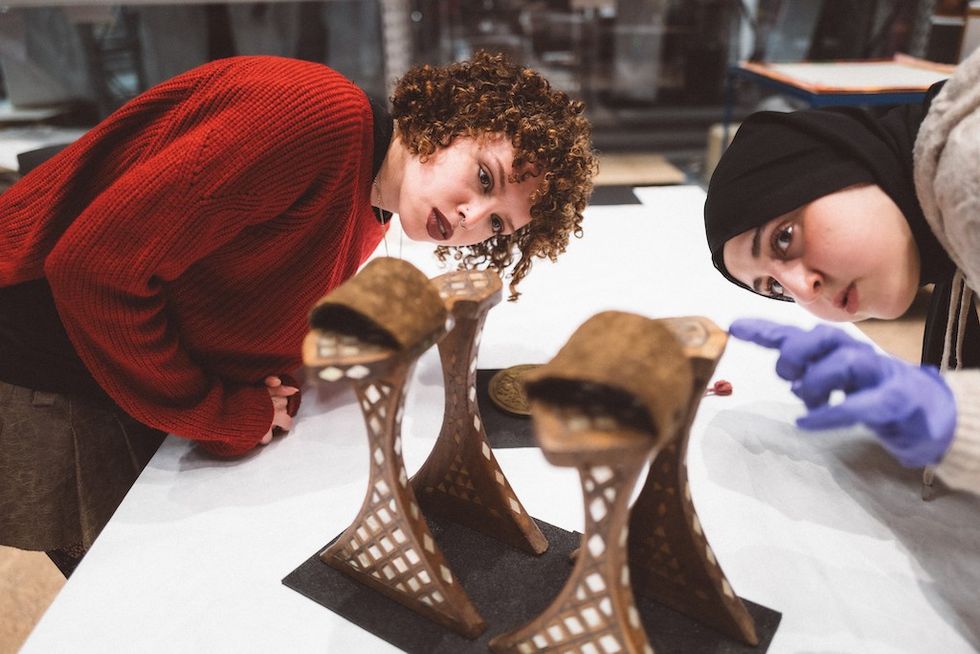 Order an Object appointment at V&A East Storehouse. Image by Bet Bettencourt for V&A, Object pictured - A pair of qabqab, made 1800-1880, Egypt
Order an Object appointment at V&A East Storehouse. Image by Bet Bettencourt for V&A, Object pictured - A pair of qabqab, made 1800-1880, Egypt  CONDUCTR - The Arena from Game Volt
CONDUCTR - The Arena from Game Volt 

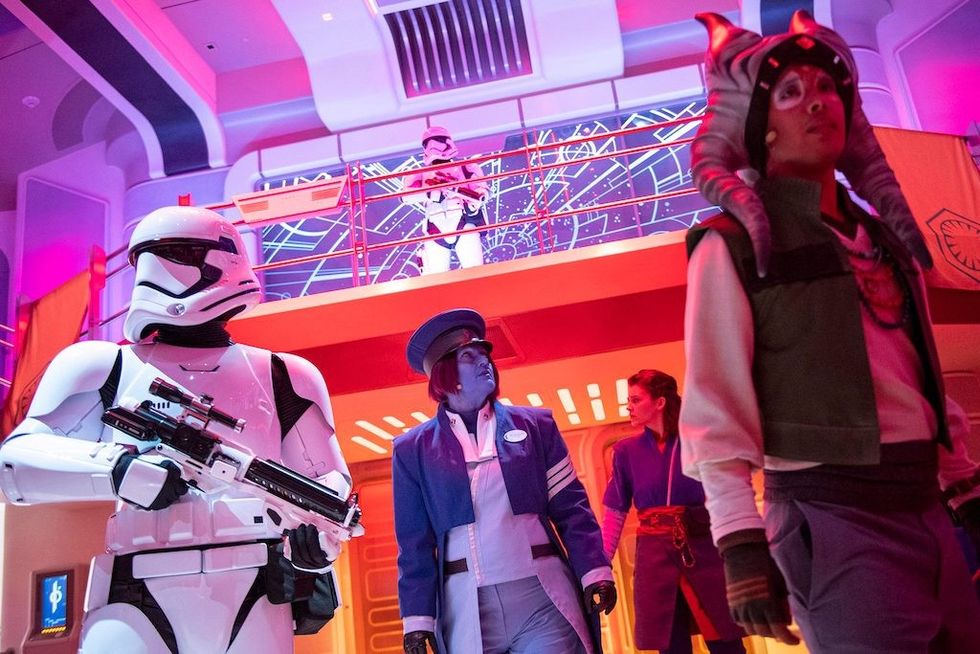 Star Wars: Galactic Starcruiser
Star Wars: Galactic Starcruiser  Minecraft interactive experience
Minecraft interactive experience 
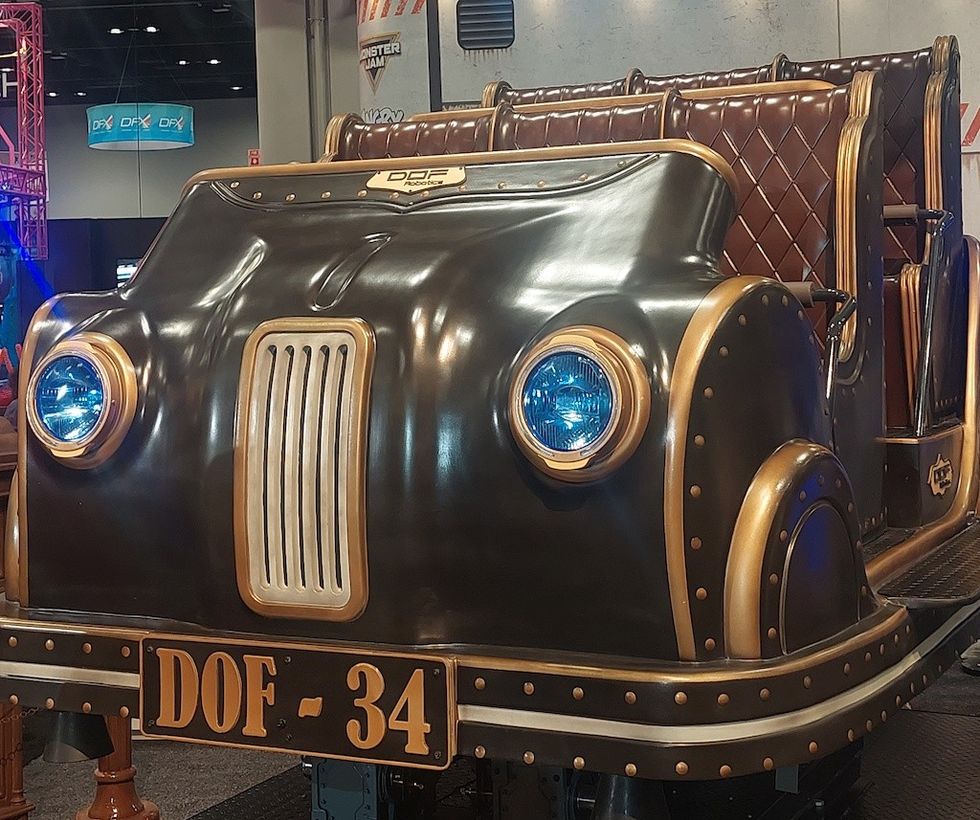
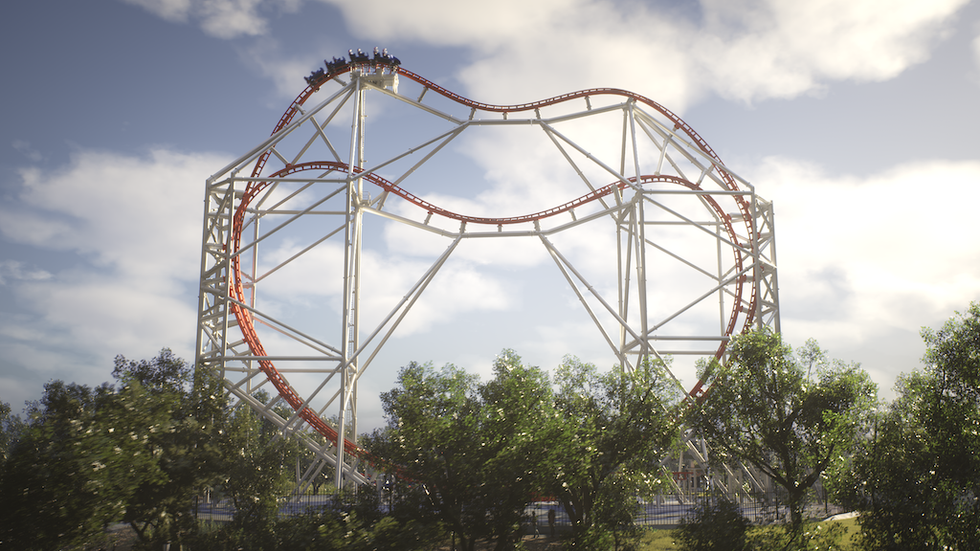
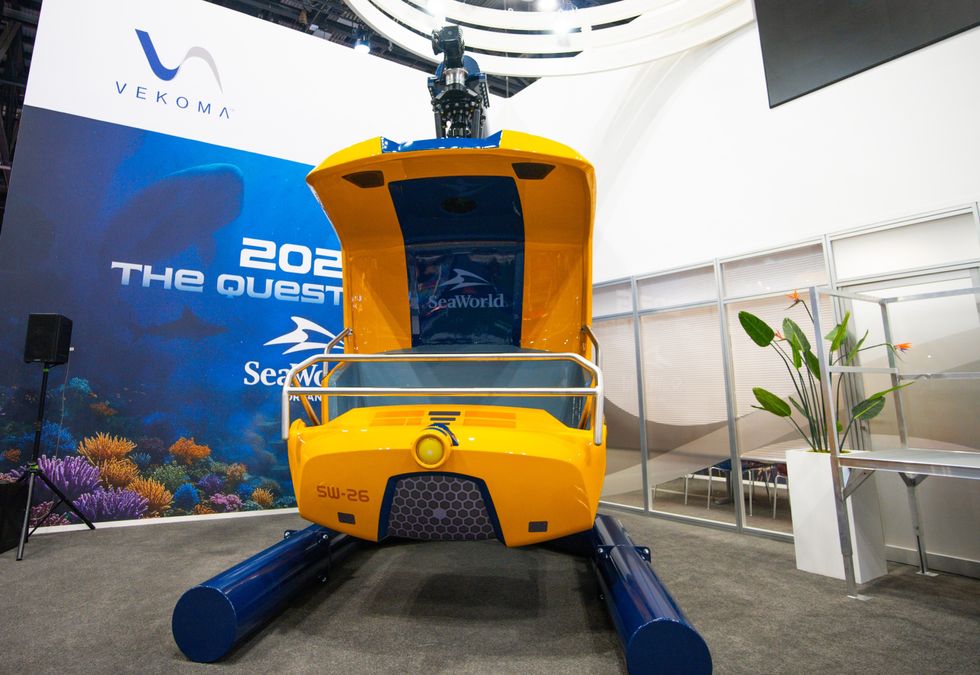
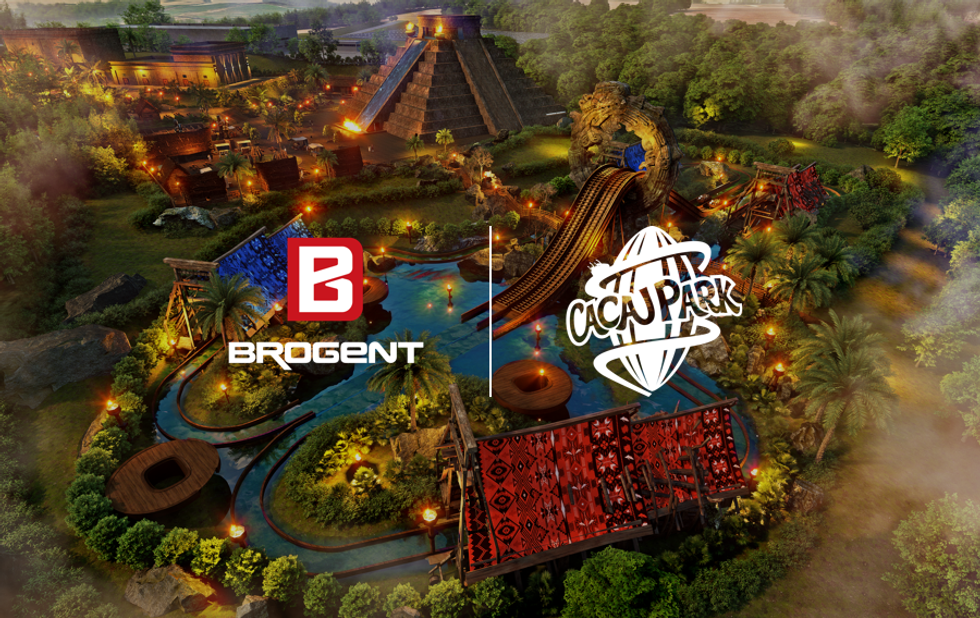



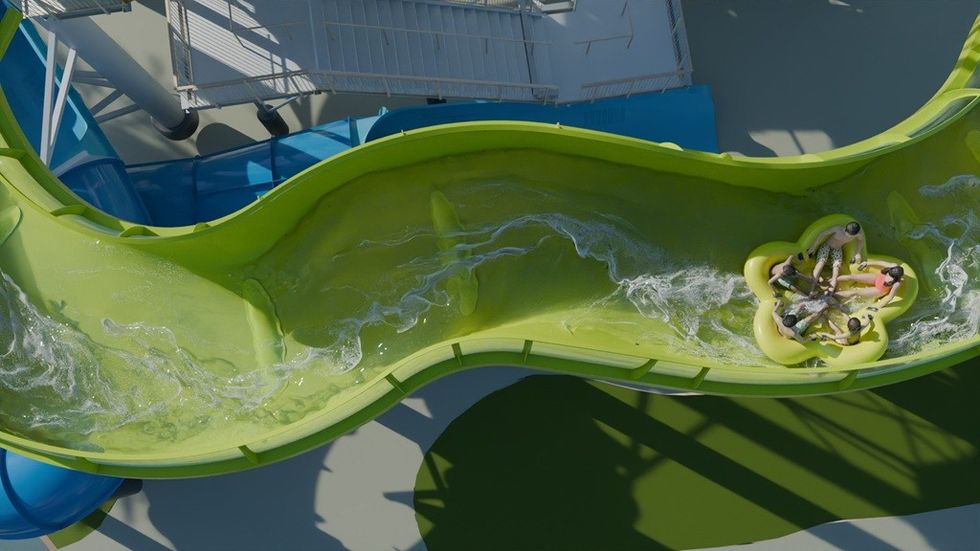





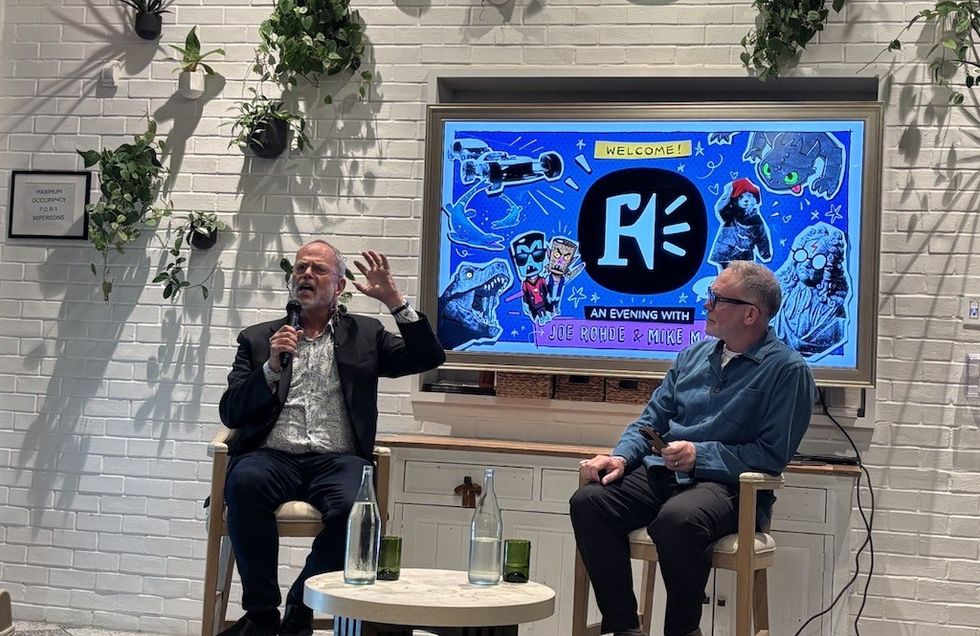
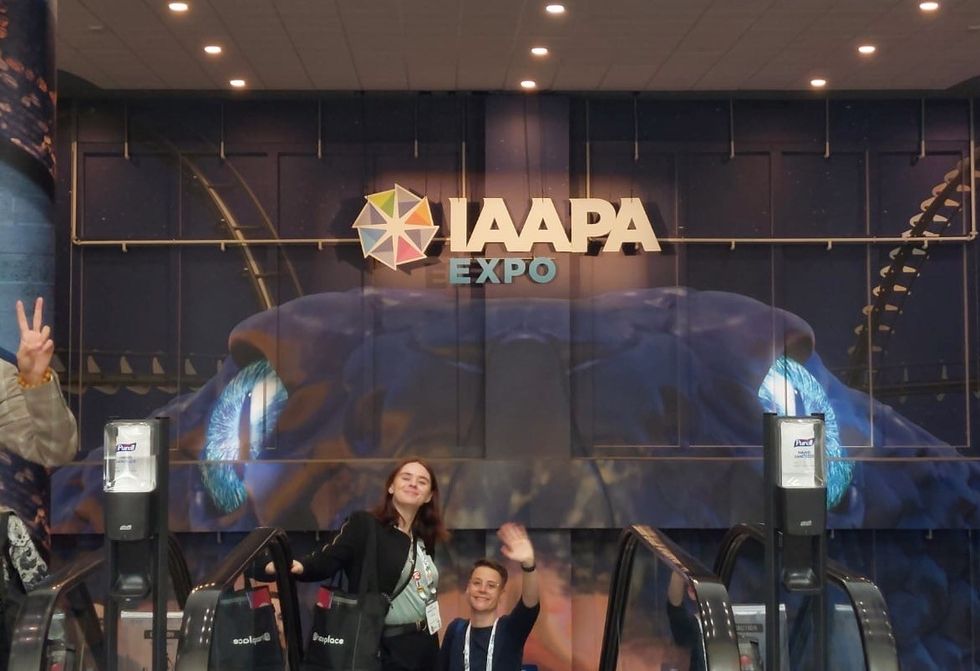 See you next year!
See you next year!